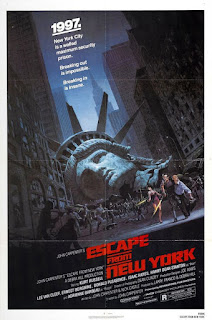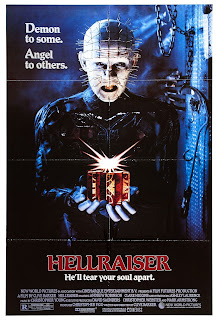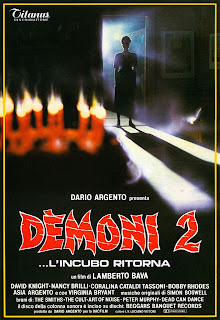The Texas Chainsaw Massacre 2

While the PG-13 rating being added to assuage parents who thought the PG envelope was being pushed too far there was another rating controversy in the 1980s. The X rating, which was originally supposed to classify movies as having subjects that were for adults only and thus should only be viewed by those over 18, was never copyrighted by the MPAA. Regional ratings boards had to come up with their own for movies that weren't passed through the MPAA, as G, PG and R were all the property of the private censorship organization. X slipped through somehow and, after films like Deep Throat managed to become mainstream, it was soon associated with pornographic material. That meant in most places in the United States a mainstream theater was not going to touch something with an X rating, especially once local lawmakers got involved. There was a huge difference between a film like Midnight Cowboy and Pink Flamingos , but by the end of the 1970s it would have been illegal to screen either











